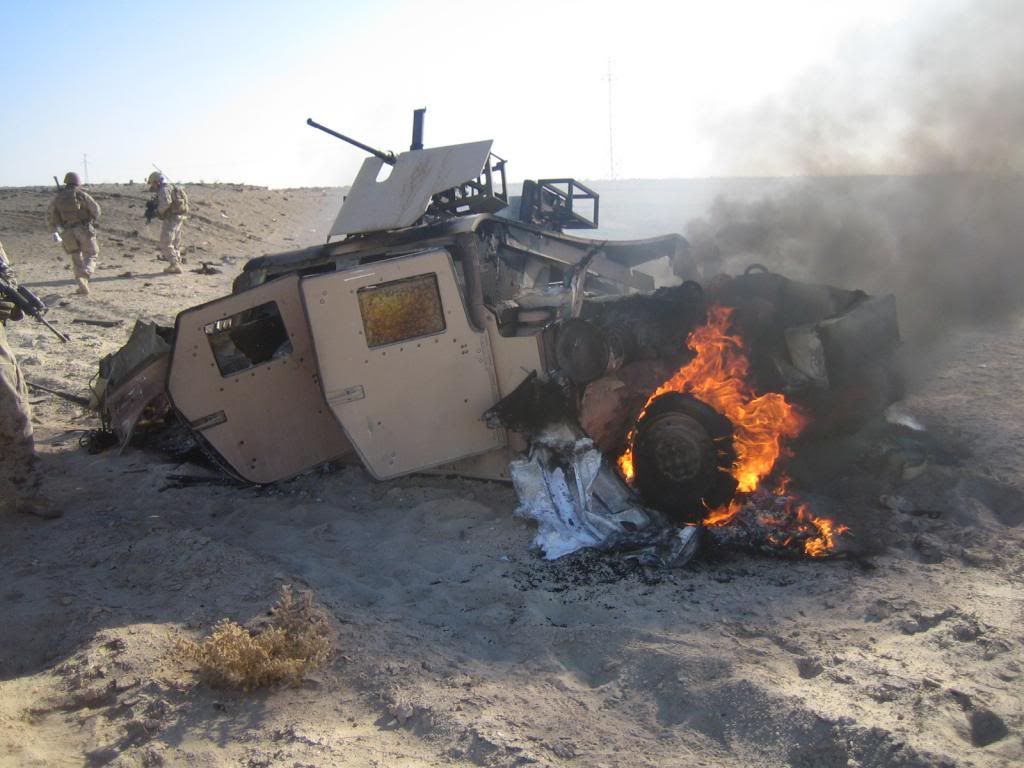NYT
"Beginning in 2005, suicide rates among Iraq and Afghanistan veterans started to climb sharply, and the military and Veterans Affairs created a number of programs to fight the problem. Despite spending hundreds of millions on research, the department and the military still know little about how combat experience affects suicide risk, according to suicide researchers focused on the military.
Many recent studies have focused on whether deployment was a risk factor for suicide, and found that it was not.
The results appeared to show something paradoxical: Those deployed to war were actually less likely to commit suicide. But critics of the studies say most people deployed in war zones do not face enemy fire. The risk for true combat veterans is hidden in the larger results, and has never been properly examined, they assert.
“They may have 10 times the risk, they may have 100 times, and we don’t know, because no one has looked,” said Michael Schoenbaum, an epidemiologist at the Centers for Disease Control and Prevention.
...
The men of the 2/7 overwhelmingly see a tie between combat and their suicide problem. Not only were all of the men who committed suicide young infantrymen who struggled with experiences of killing and loss, they say, but it is possible to trace one traumatic moment forward and see how those involved are now struggling.
Noel Guerrero and Manny Bojorquez were best friends in the battalion. As two Mexican-Americans from the Southwest, they bonded in infantry school over a love of Mexican hot sauce. In Afghanistan, they would share bottles sent from home.
On one mission, Mr. Guerrero, then a 20-year-old lance corporal, was a machine-gunner atop a truck at the lead of a supply convoy. He said he was good at finding I.E.D.s and over six months had spotted almost a dozen that the battalion was able to avoid. But one day, the truck hit a big one, and the explosion flung him against his gun turret.
Mr. Guerrero crawled from the smoking vehicle, his head spinning. He watched his sergeant’s Humvee roll in to help. Then suddenly, another blast swallowed the sergeant’s truck in smoke. The truck shot up 10 feet and came down with a crash, falling to its side. Then, chaos. The driver was trapped and screaming, with his arm caught under the wreckage. A medic in the back was pinned by a seat crushed against the truck’s ceiling. The sergeant was dead.
Before Mr. Guerrero could get to his feet to help, enemy fire started thudding into the ground around him. He spotted his machine gun in the dirt, where it had landed after being blown out of the truck, and with his vision still blurred, he began to return fire.
Two other Marines, Cpl. Jastin Pak and Lance Cpl. Tanner Cleveland, scrambled into the wreckage. Mr. Pak crouched over the driver, shielding him until a line of Marines could lift the truck enough to free his arm. Mr. Pak and Mr. Cleveland emerged covered with blood, clutching the wounded, then went back for the remains of the sergeant. The platoon was out of body bags, so they stuffed the sergeant’s remains into a sleeping bag.
When it was all over, Mr. Guerrero picked up a cigarette that had been blown out of one of the trucks and lit it. After he exhaled, he noticed it was spotted with blood. He smoked it anyway.
Since that day, Mr. Guerrero has blamed himself for the ordeal and has tried to kill himself three times. Mr. Cleveland, 26, of Chicago, also tried suicide, and Mr. Pak, of Oceanside, Calif., hanged himself in November.
“You come back and try to be a normal kid, but there is always a shadow on you, a dark shadow you can never take away,” Mr. Guerrero, now 28, said in an interview at his home in San Diego.
“Now, when I meet someone, I already know what they look like dead. I can’t help but think that way. And I ask myself, ‘Do I want to live with this feeling for the rest of my life, or is it better to just finish it off?’ ”"

No comments:
Post a Comment
Note: Only a member of this blog may post a comment.